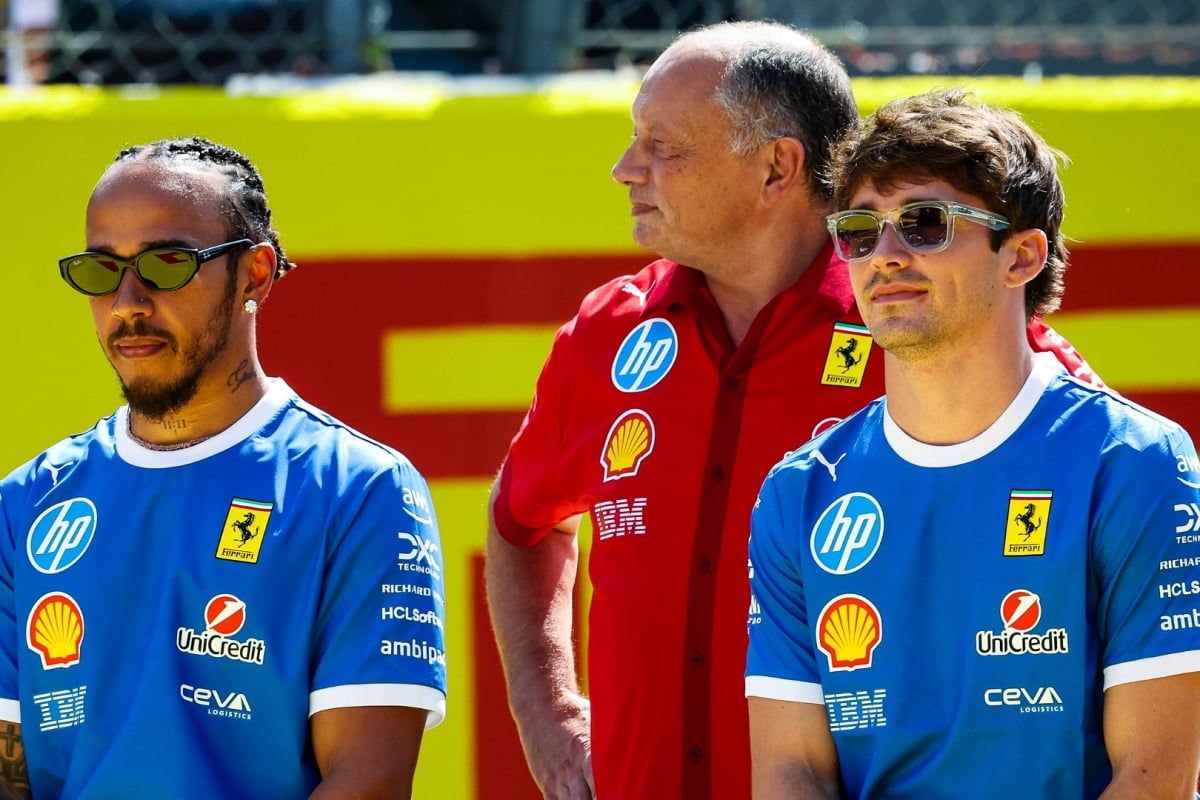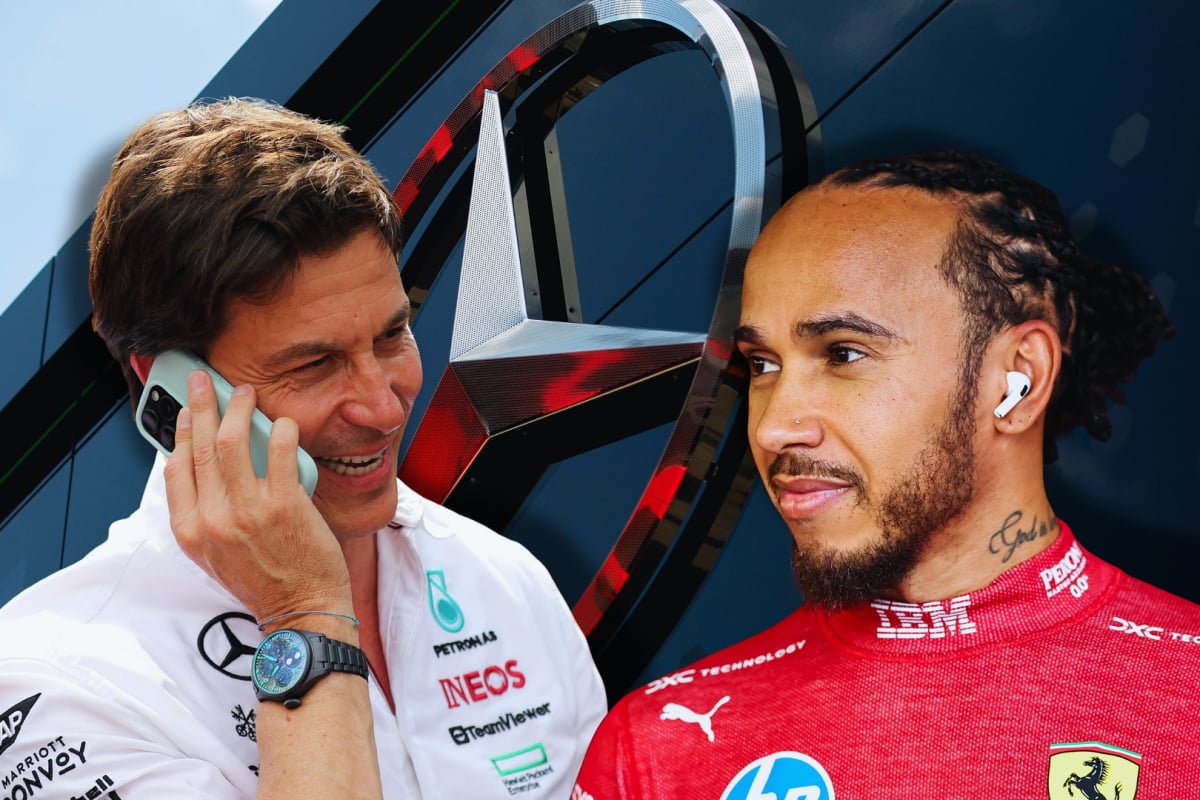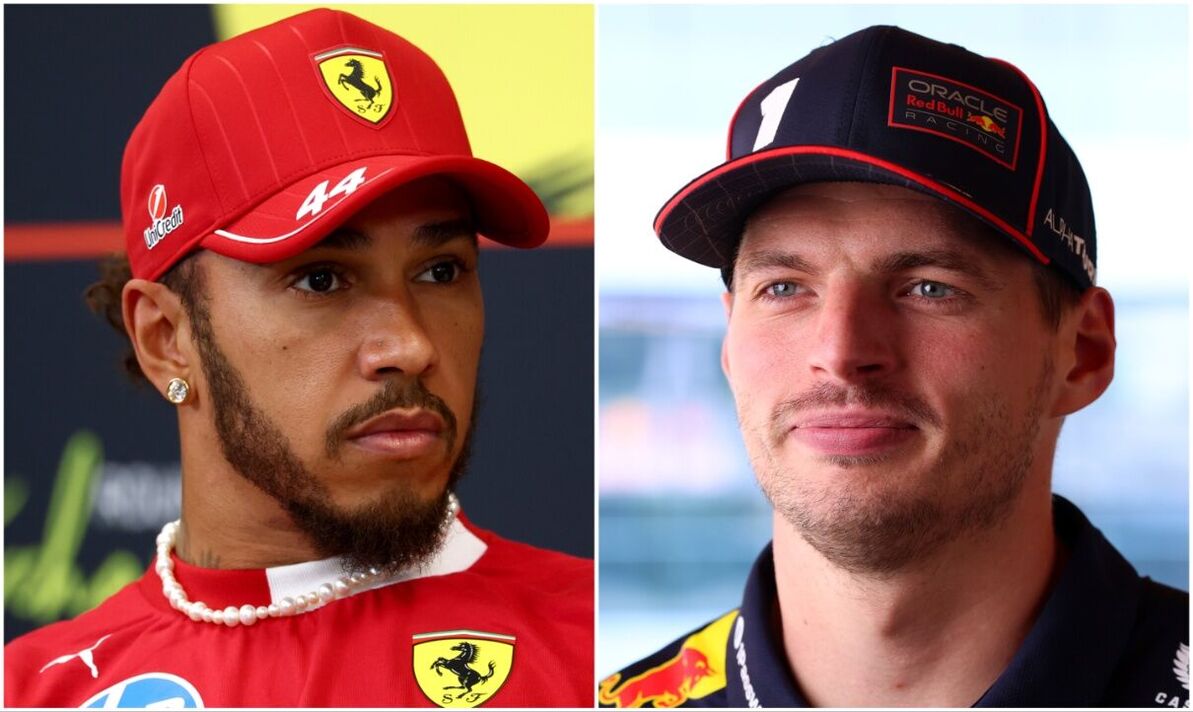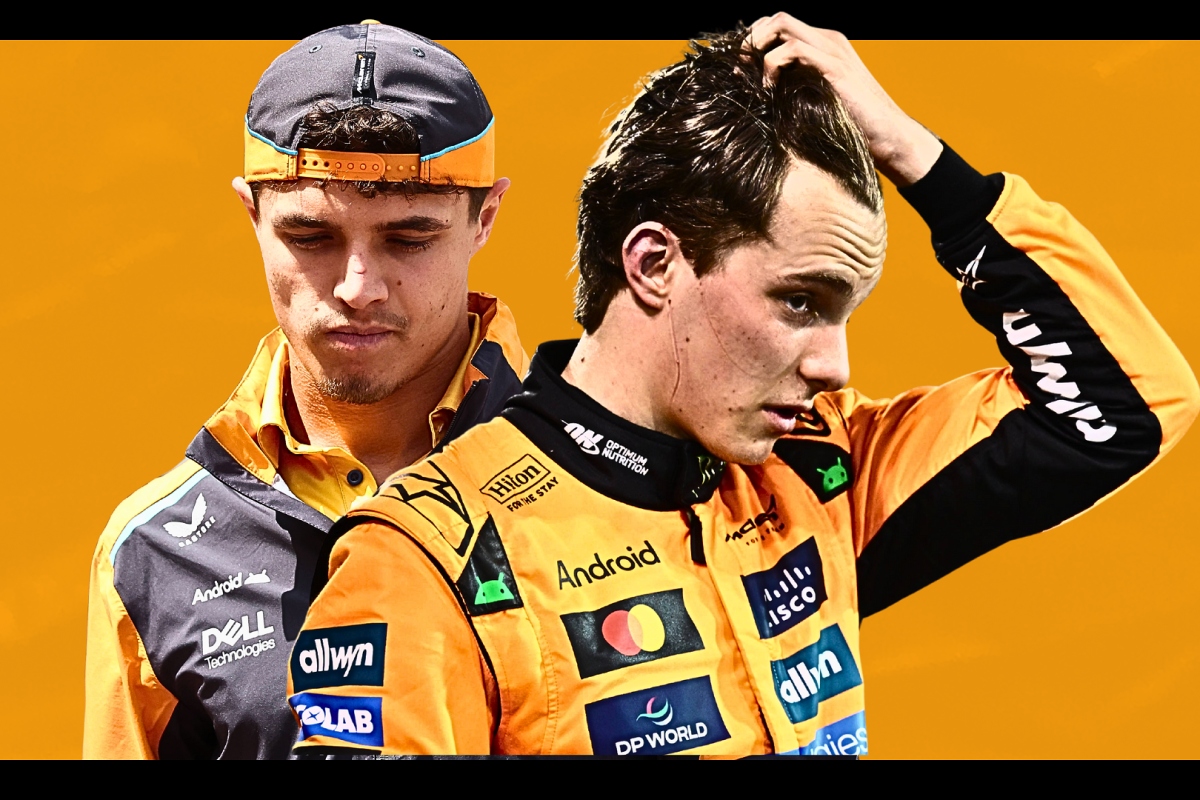Lewis Hamilton disqualification proves McLaren are r… read more
Lewis Hamilton’s disqualification at the Austrian Grand Prix has served as a key moment in the 2025 F1 season, cementing McLaren’s reputation as the dominant force in the championship. While Ferrari stumbled yet again due to recurring technical limitations, McLaren showcased their ability to push the limits of performance without crossing regulatory boundaries.
Earlier this year in China, Ferrari achieved a breakthrough victory when Hamilton claimed sprint pole and converted it into his first win since joining the team. However, that success quickly faded. In Shanghai, both Hamilton and teammate Charles Leclerc were disqualified—Hamilton for excessive plank wear (measured at 0.5mm below the limit) and Leclerc for a car found under the minimum weight. The double setback highlighted Ferrari’s ongoing struggle with technical consistency.
At the Austrian Grand Prix, similar concerns were raised about McLaren’s Lando Norris. Sky F1 analyst Anthony Davidson speculated that Norris might fall foul of the same plank wear rule. However, post-race inspections by the FIA confirmed that Norris’s car met all technical regulations, despite running extremely low to the ground.
The difference between McLaren and Ferrari lies in how each team manages their car’s ride height—an essential factor in maximizing ground effect performance. Throughout the 2025 season, Ferrari have struggled to find a reliable solution to their ride height limitations. This forced the team to take a more conservative approach during the Austrian Grand Prix, where they were observed asking their drivers to lift and coast—reducing speed earlier into braking zones to limit downforce and avoid excessive plank wear. While this technique is commonly used to manage fuel or engine temperatures, Ferrari’s application was defensive, aiming to avoid further penalties.
Unfortunately, this conservative approach came at a cost. Both Hamilton and Leclerc lost crucial time, trailing over 20 seconds behind McLaren by the end of the race. In contrast, McLaren managed to run their car lower without suffering performance losses or triggering FIA penalties. This technological mastery provided them with a clear competitive edge.
Ferrari team principal Frédéric Vasseur addressed the ride height issue earlier in the season, stating that the challenge is common across all teams in the ground effect era. He pointed out that even Mercedes and Ferrari faced disqualifications in Austin back in 2023 under similar conditions. “Everyone wants to run the car as low as possible for maximum downforce,” Vasseur explained, “but the limit is when the car bottoms out or breaches regulations. It’s a fine line.”
Still, while Vasseur argues this is a universal challenge, McLaren’s ability to stay within that fine line has been unmatched. Their technical precision has not only earned them race wins but also a commanding lead in the constructors’ standings—now sitting 207 points ahead of their closest rivals.
The Austrian Grand Prix made one thing clear: McLaren aren’t just contenders—they’re the benchmark. With a car that balances aggressive performance with regulatory compliance, the team is setting the standard for success in the 2025 F1 season.




